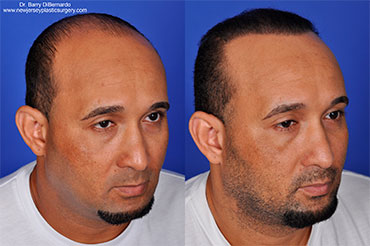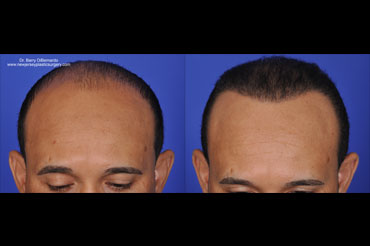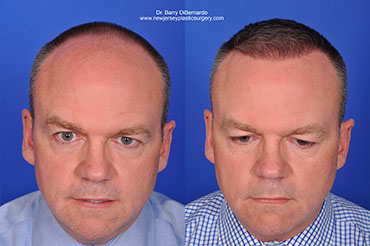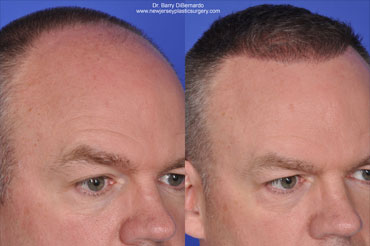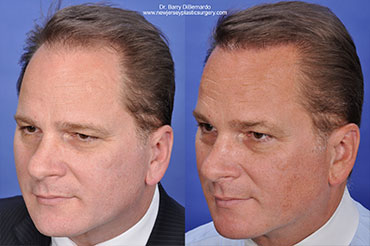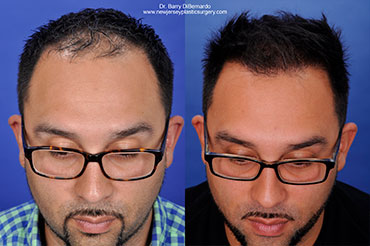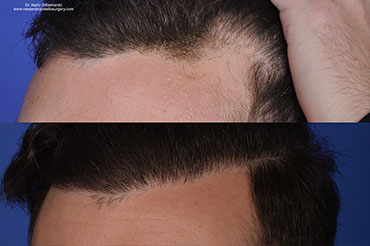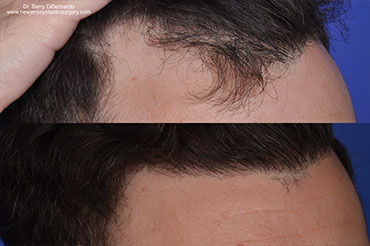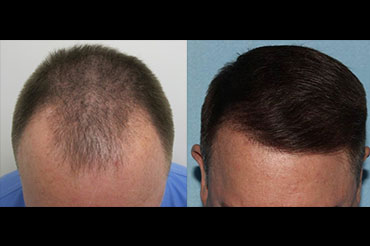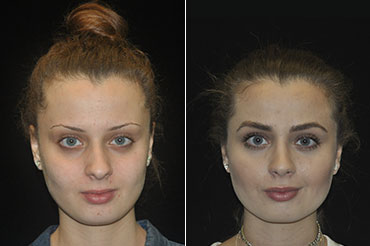Richard Amat, M.D.
Clinique du Cheveu Saint Dizier, France

Transcription* of Richard Amat, MD video presentation for the 38th National Congress of Aesthetic Medicine and Dermatological Surgery, Paris, France at the Palais des Congrès – September 8-9, 2017
“I am Doctor Richard Amat, I am physician and I have specialized in FUE hair transplant since 2011. I am very happy to attend this congress and I thank you for welcoming me. I am going to present you my views and opinions on different automated FUE hair grafting devices.
According to Restoration Robotics Company that developed the ARTAS system by 2020, 75% of hair transplants will be done thanks to FUE procedures at the expense of strip surgery as they eliminate the drawbacks associated to the process. There won’t be any linear scar left and patients will get more natural looking hair thanks to the thinner average diameter of the FUE grafts: 0.8/0.9mm. The most publicized machine is the ARTAS Robots. It allows the pre-cut the follicular unit but needs human assistance to handle the graft extraction process. To the mind this machine can only be used by large transplantation centers because not only the machine is very expensive but we physicians have to pay royalties back for each graft we use. For instance to get an idea of the cost for 1,000 grafts the patient have to pay 10,000 € (approx. $12022.50 US Dollars) which is an exorbitant price compared to a FUE hair transplant without showing real benefits concerning the quality of grafts.
The other machine I have used is NeoGraft that has recently evolved to NeoGraft 2.0 thanks to a few innovations. You get a touchpad and some improvements of the hand tools, but the counter-angle is identical to the former one that was not convenient;to the loss of vacuum at the base of the tool forced us to keep cleaning the device while operating either with saline or sterile water. Moreover, the tool needed regular maintenance because of the important clogging. One other drawback was the size of the collecting jar; it was too small to make it possible to keep a lot of grafts alive. It was linked to the hand tool and therefore had to emptied every 100 or 200 harvested grafts.
The main evolution is the new SmartGraft machine. When testing this new devices I was pleasantly surprised by its efficiently and it’s innovativeness. The counter-angle quality has improved a lot. Its brushless engine gives automatic answers to any impulse. The recipient site is properly lit by the counter-angle LED light. The collecting jar is not directly attached to the handpiece. It is located in the machine and it involves a refrigeration unit. It allows the hair transplant doctor to clean the grafts regularly as well as to choose the cleaning cycles: either with saline solution or even with Platelet Rich Plasma (PRP) which promotes the survival of the grafts by ensuring the best storing conditions. One other innovation aspect is the integrated counter; it indicates the number of grafts that been harvested. Each collected graft is stored alive in the collecting jar at the right temperature which allows the surgeon to transplant the graft being aware the storing conditions make them available for transplantation.
SmartGraft machine is more convenient for setting, using and personalizing. The suction, lightweight handpiece, speed, and direction of rotation can be adjusted as well as the temperature you need to refrigerate the grafts. The ergonomics have been improved.”

